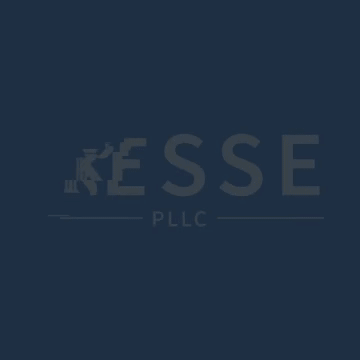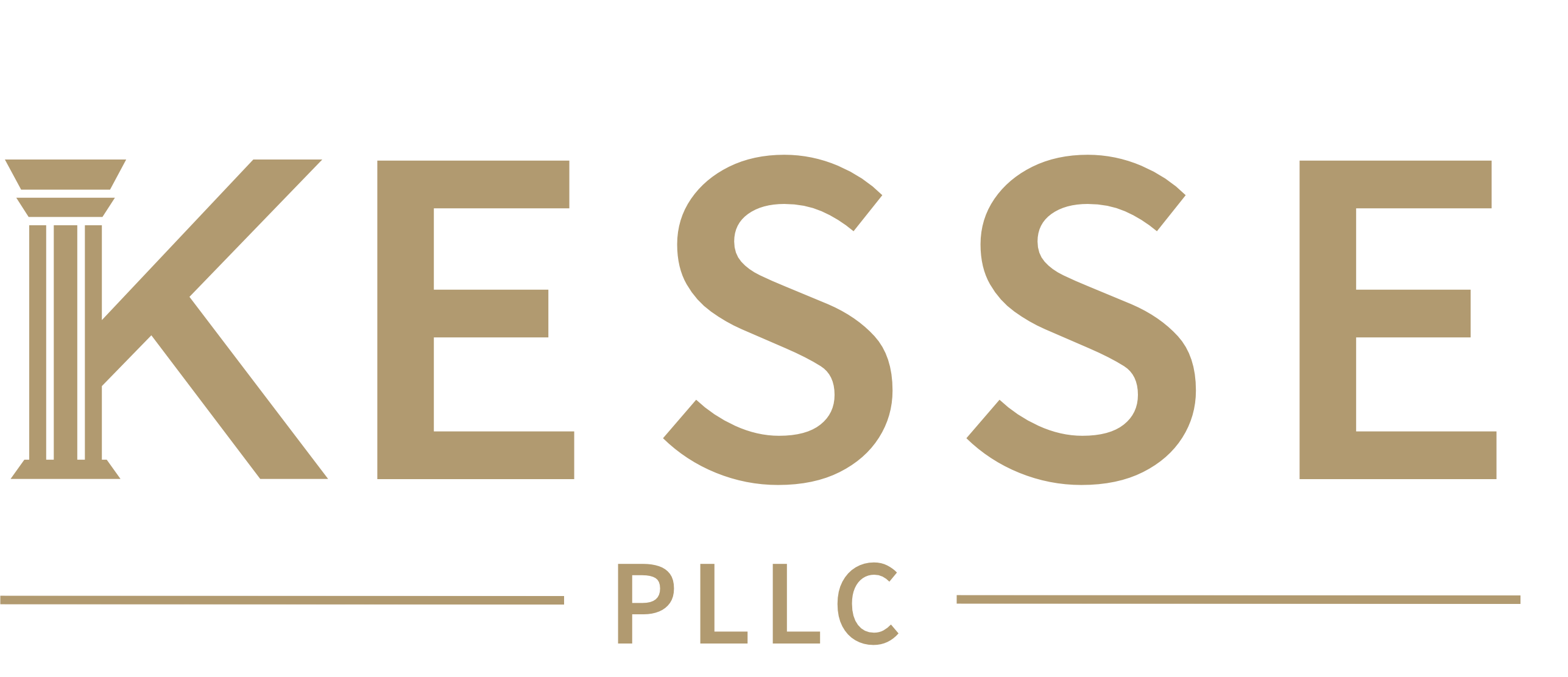On October 13, 2023, the Securities and Exchange Commission (SEC) voted to adopt Rule 13f-2 under the Securities Exchange Act of 1934 (Exchange Act) to provide greater transparency to market participants by increasing the public availability of short sale related data. The rule becomes effective on January 2, 2024, and affected institutional investment managers will have 12 months after the effective date to comply.
We delve into the specifics of the rule in this alert.
Background
Short selling is a widely used market practice that involves a sale of a security that the seller does not own, or a sale that is consummated by the delivery of a security borrowed by, or for the account of, the seller. To fulfill the sale, the short seller typically borrows the security, and subsequently concludes the transaction by buying equivalent securities in the open market. This allows them to return the security to the lender and close the position.
To short sell a stock, the short seller borrows shares of a stock from a lender (typically a long-term investor such as a mutual fund or pension fund) and sells those shares into the market. Later, the short seller purchases the same number of shares and returns them to the lender. The profit on the transaction for the short seller is the difference between the price at which the shares were initially sold and the price at which the investor re-purchased the shares (less any fees such as securities lending fees). If the price of the stock goes down then this difference will be positive and the short seller will make money.
Short selling is commonly employed to capitalize on anticipated downward price movements, satisfy unexpected demand, or hedge risks linked to a long position in a similar security. While this practice offers notable benefits to the market, including enhancing liquidity and fostering pricing efficiency, concerns persist regarding its opaque nature, potential to drive down security prices, hasten a security’s market decline, or manipulate stock values.
In an effort to increase transparency regarding short position and short activity data, provide several other important benefits to both market participants and regulators, and to enhance the SEC’s ability to protect investors and investigate market manipulation, the SEC has adopted new Rule 13f-2 and a related form (Form SHO) under the Exchange Act.
Rule 13f-2 requires certain institutional investment managers (Managers) with gross short positions that meet certain quantitative reporting thresholds to report, on a monthly basis on Form SHO, certain short position data and short activity data for certain equity securities. Form SHO includes two parts: (i) a Cover Page and (ii) Information Tables (Information Table 1 and Information Table 2).
The Cover Page presents certain identifying information about the Manager(s) filing the Form SHO report, the calendar month for which the Manager is reporting, the type of Form SHO report being made, and whether the Manager is filing the Form SHO report as an amendment.
Information Table 1 presents a Manager’s monthly gross short position in the equity security on which information is being reported, as well as certain identifying information about that security and about the issuer of that security.
Information 2 presents daily activity affecting a Manager’s gross short position during a calendar month reporting period, as well as certain identifying information about that security and about the issuer of that security.
Managers are required to file Form SHO with the SEC through EDGAR within 14 calendar days after the end of the calendar month. The SEC will then publish on EDGAR aggregated information derived from the data reported on Form SHO within one month after the end of the reporting calendar month.
We explain Rule 13f-2 and related Form SHO in more detail below.
Specifics of Rule 13f-2 and Form SHO
Who Falls under Rule 13f-2
Managers will be required to report required Rule 13f-2 information (discussed below) on Form SHO regarding each equity security if the following thresholds are met:
- For any equity security registered under Section 12 of the Exchange Act or for which the issuer is an SEC reporting company, when the Manager (and all accounts over which the Manager or any person under the Manager’s control has investment discretion) meets or exceeds either: (x) a monthly average gross short position at the close of regular trading hours in the equity security with a U.S. dollar value of $10 million or more, or (y) a monthly average gross short position at the close of regular trading hours as a percentage of shares outstanding in the equity security of 2.5% or more.
- For any equity security of an issuer that is not an SEC reporting company issuer, when the Manager (and all accounts over which the Manager or any person under the Manager’s control has investment discretion) meets or exceeds a gross short position in the equity security with a U.S. dollar value of $500,000 or more at the close of regular trading hours on any settlement date during the calendar month.
Information Required to be Reported If Threshold is Met
Rule 13f-2 requires Managers to report to the SEC, on a monthly basis on Form SHO, certain short position data and short activity data for certain equity securities, including the following:
- On the Cover Page of Form SHO, Managers will be required to report certain basic information, including its name, mailing address, business telephone number and business email, the name, title, business telephone number and business email of the Manager’s contact employee for the Form SHO report, the date the report is filed, and the Manager’s non-lapsed Legal Entity Identifier (LEI), if it has one. If other Managers are required to be listed in the “Other Manager(s) Reporting for this Manager” section of the Cover Page, the Manager will also be required to include the name and non-lapsed LEI of each such other Manager listed, if the LEI of such other Manager(s) is available to the Manager filing the Form SHO.
- With respect to Information Table 1 of Form SHO, the Manager will report, among other things, the number of shares of the reported equity security that represent the Managers’ gross short position at the close of the last settlement date of the calendar month reporting period, as well as the corresponding U.S. dollar value of such reported gross short position.
- With respect to Information Table 2 of Form SHO, for each reported equity security, for each individual settlement date during the calendar month reporting period, a Manager will report “net” activity in the reported equity security. The net activity reported by a Manager will be expressed by a single identified number of shares of the reported equity security, and will reflect offsetting purchase and sale activity by Managers. A positive number of shares identified will indicate net purchase activity in the equity security on the specified settlement date, while a negative number of shares identified will indicate net sale activity in the equity security on the specified settlement date.
A Manager that determines that it has filed a Form SHO with errors that affect the accuracy of the short sale data reported must file an amended and restated Form SHO within 10 calendar days of discovering the error.
If two or more Managers, each of which is to file Form SHO for the reporting period, exercise investment discretion with respect to the same securities, only one such Manager must report the information in its report on Form SHO.
The Information the SEC will Make Available
The SEC will publish aggregate information as follows:
- With respect to Information Table 1 of Form SHO, the SEC will publish, for each class of equity securities, as an aggregated number of shares across all reporting Managers, the number of shares of the reported equity security that represent the Managers’ gross short position at the close of the last settlement date of the calendar month, as well as the corresponding aggregated U.S. dollar value of this reported gross short position.
- With regard to Information Table 2 of Form SHO, for each reported equity security, for each individual settlement date during the calendar month, the SEC will publish the net activity in the reported equity security, as aggregated across all reporting Managers.
The SEC estimates that it will publish the aggregate information derived from Form SHO reports within one calendar month after the end of the reporting calendar month. For example, for data reported by Managers on Form SHO for the month of January, the SEC expects to publish aggregated information derived from such data no later than the last day of February.
Effective Date and Compliance Date
Rule 13f-2 will become effective on January 2, 2024, and the compliance date for affected Managers will be 12 months after the effective date of the rule.
The SEC anticipates that it will begin publishing aggregated short sale data collected three months after the compliance date.
Contact Information
The foregoing is intended to be a summary of Rule 13f-2 and does not contain all the information you need regarding Rule 13f-2 and related Form SHO. If you have questions regarding Rule 13f-2 or related Form SHO, please contact Kelvin Kesse via e-mail at [email protected] or via phone at 346-348-0239.
About Kesse PLLC
Kesse PLLC focuses on securities, capital markets, SEC reporting, emerging companies and startups, and general corporate law. We regularly advise clients on public and private securities offerings and have significant experience with U.S. domestic, U.S.-Canadian cross-border, and other foreign private issuer offerings. We assist clients with private placements, IPOs (both traditional and Regulation A+, among others), direct listings, follow-on/secondary offerings, registered direct offerings, initial coin offerings (ICOs), special purpose acquisition company (SPAC) formations, IPOs and business combinations (deSPACs), tender offers, emerging company and startup financings, all aspects of corporate governance matters, SEC reporting and compliance, and stock exchange initial and additional listing and on-going compliance. We also assist clients with other corporate matters, including business formation, maintenance and compliance, contract drafting and review, corporate administrative services, and corporate and/or transaction opinions, among others.
Disclaimer
This website and its contents may be considered attorney advertising under the rules of certain jurisdictions.


